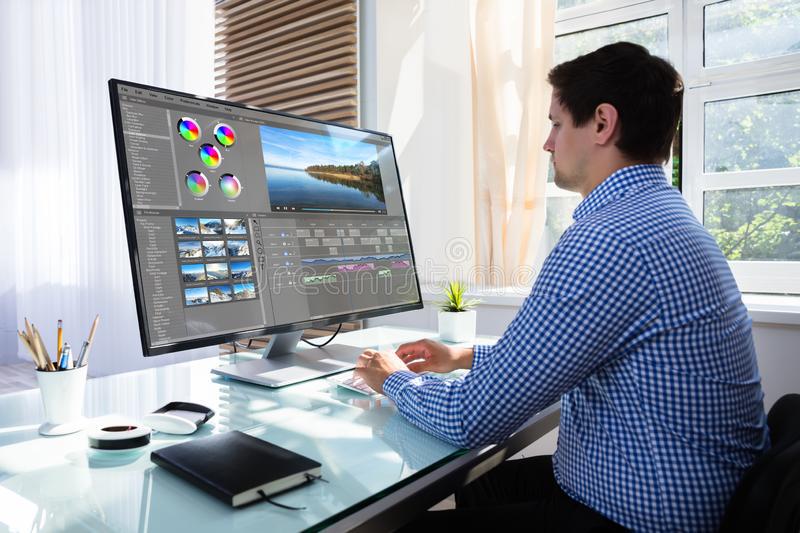A Few Simple Tips To Achieve Better Brochure Design
- Written by News Co

Brochures remain a fantastic way to demonstrate key information about your business, whether this is related to a specific product, a new marketing campaign, or simply just information about the business itself. Demonstrating this information in the most effective, memorable and eye-catching way possible requires good design, however, and many brands fail to see to this. No need to fret, though – in this article, we take a look at what you need to know for superior brochure design.
How to effectively use words in your brochures
If you’re looking into brochure printing in Melbourne but don’t know where to start, we’re here to help. The best place to begin when it comes to brochure design is having a very good understanding of what you’re trying to achieve. This means that you have a good idea of what clients and customers need to know with a brochure and implement it from the beginning. You can find out this information with simple questionnaires, from feedback related to past brochures or from issues you’ve spotted in other brand’s marketing material. The information that you demonstrate should be conveyed in effective, snappy copy, as this is the best way to ensure that your audience understands as quickly as possible and is never confused. Copy needs to be considered from the start when designing, so when organising images make sure to keep in mind where all of the writing is going to go. In terms of the fonts that you use for this writing, it’s important to stick to one and apply it to all of your headings and body text – just because everyone else uses Arial or Calibri, doesn’t mean you have to use something unknown.
What are you trying to convey?
Brochures are often used to explain complex concepts, but that doesn’t mean that the brochure content itself has to be complex. If anything, you should limit the amount of information you try to convey on the one brochure and give people the option to learn more about whatever they’re interested in another way. For example, you might tell your reader that they can ring a certain phone number to learn more, and this way you can free up a lot of brochure real estate and not make it as intimidating for people who might not be interested in the same thing. Simple, concise statements are therefore important here. If all of this information sounds overwhelming, we’re hardly suggesting that you go out and start designing on a computer immediately – sometimes it’s best to do a lot of sketching out first. This way you can show a few concepts to people and see which they like the best, and then commit to this design.
What will your clients see?
The final point is not related to design but about the physical brochure itself. Taking all this time to design a fantastic brochure only to have it crudely printed on a home printer can undermine all of your hard work. Brochures printed cheaply look it, so in order to ensure your brand carries a more premium feel than a home inkjet can provide, it’s always a good idea to make the little investment and print on nicer materials.

